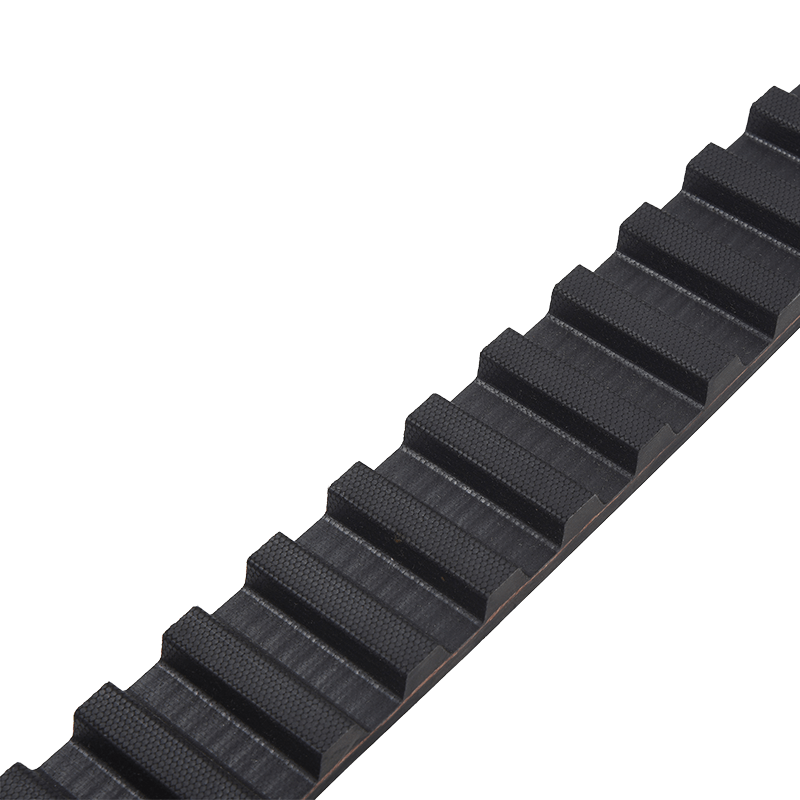How to choose Synchronous Belt
When choosing a synchronous belt, consider the following factors:
Power transmission requirements: Determine the power transmission requirements of the application, including the required speed, torque, and horsepower.
Belt width and length: Choose a belt width and length that will fit the pulley grooves and provide proper tension.
Temperature range: Consider the operating temperature range of the application and choose a belt that can withstand the conditions.


Belt material: Synchronous belts are available in a variety of materials, including neoprene, polyurethane, and polyester. Choose a material that is suitable for the application and environment.
Pulley and sprocket compatibility: Make sure the belt is compatible with the pulleys and sprockets that will be used in the application.
Brand and quality: Choose a reputable brand and high-quality belt to ensure reliable performance and long service life.
If you are not sure about the best belt for your application, it is recommended to consult with an expert or the belt supplier.
Hot Products
-
 View More
View More
-
 View More
View More
V-belt For Industry
-
 View More
View More
T Type Industry Rubber Synchronous Belt
-
 View More
View More
Toothed wedge belt
-
 View More
View More
Thickened timing belt
-
 View More
View More
Open Timing Belt
-
 View More
View More
Automotive V-belt
-
 View More
View More
Rubber Flat Belt
-
 View More
View More
Ribbed Belt
-
 View More
View More
Synchronous Pulley
-
 View More
View More
Arc tooth industrial rubber synchronous belt
-
 View More
View More
Automotive timing belt

 English
English 简体中文
简体中文
